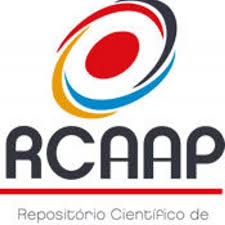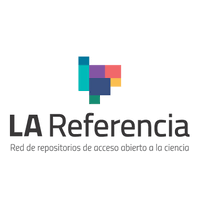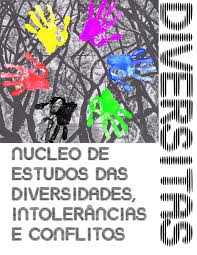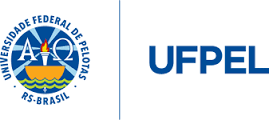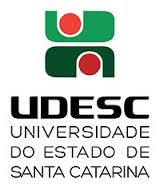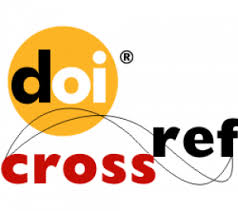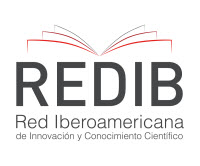Uma Descrição Autoetnográfica de Experiências com um Projeto de Pesquisa Participativa Baseada na Comunidade no Canadá
Resumo
Palavras-chave
Texto completo:
PDF (English)Referências
ASCH, M. Indigenous Self-Determination and Applied Anthropology in Canada: Finding a Place to Stand. Anthropologica 43(2): 201-207. 2001.
CASTLEDEN, H., K. Daley, V. Sloan Morgan and P. Sylvestre. Settlers unsettled: Using field schools and digital stories to transform geographies of ignorance about Indigenous people in Canada. Journal of Geography in Higher Education 37(4): 487-499. 2013.
CASTLEDEN, H., M. Mulrennan, and A. Godlewska. Community-based participatory research involving Indigenous peoples in Canadian geography: Progress? An editorial introduction. The Canadian Geographer 56(2):155-159. 2012a.
CASTLEDEN, H., V. Sloan Morgan, and C. Lamb. “I spent the first year drinking tea”: Exploring Canadian university researchers’ perspectives on community-based participatory research involving Indigenous peoples. The Canadian Geographer 56(2): 160-179. 2012b.
CBC. First Nations student deaths inquest: 5 recommendations we’ve heard before. On line: http://www.cbc.ca/news/canada/thunder-bay/selena-sakanee-inquest-repeat-1.3660371. 2016 July 1st.
COOMBES, B., J.T. Johnson, and R. Howitt. Indigenous geographers III: Methodological innovation and the unsettling of participatory research. Progress in Human Geography 38(6): 845-854. 2014.
DRAWSON, A.S., E. Toombs, and C.J. Mushquash. Indigenous research methods: a systematic review. The International Indigenous Policy Journal 8(2): Article 5, 25 pp. 2017.
DUSSART, F. and S. POIRIER eds. Entangled territorialities: Negotiating Indigenous Lands in Australia and Canada. University of Toronto Press. 2017.
The First Nations Information Governance Centre (FNIGC). Ownership, Control, Access and Possession (OCAP): The path to First Nations information governance. Retrieved from http://fnigc.ca/sites/default/files/docs/ocap_path_to_fn_information_governance_en_final.pdf
Geertz, Clifford. 1998. “Deep Hanging Out.” New York Review of Books 45(16): 69-72, 22 October. 2014.
GRIMWOOD, B.S.R., N.C. Doubleday, G.J. Ljubicic, S. Donaldson and S. Blangy. Engaged acclimatization: Towards responsible community-based participatory research in Nunavut. The Canadian Geographer 56(2): 211-230. 2012.
HEIKKILA, K. and G. FONDAHL. Co-managed research: non-Indigenous thoughts on an Indigenous toponymy project in northern British Columbia. Journal of Cultural Geography 29(1): 61-86. 2012.
KIRKNESS, V. J., and R. BARNHARDT. First Nations and higher education: The Four R’s-respect, relevance, reciprocity, responsibility. Journal of American Indian Education 30(3): 1–15. 1991.
KOSTER, R., K. Baccar, and R.H. Lemelin. Moving from research ON, to research WITH and FOR Indigenous communities: a critical reflection on community-based participatory research. Canadian Geographer 56(2): 195-210. 2012.
LEVINÁS, E. Totality and Infinity: An Essay on Exteriority. Dordrecht: Duquesne. 1969.
MALINOWSKI, B. Argonauts of the Western Pacific. London: George Routledge and Sons Ltd. 1932.
MARKEY, S., G. Halseth and D. Mason. Capacity, scale and place: Pragmatic lessons for doing community-based research in the rural setting. The Canadian Geographer 54(2): 158-176. 2010.
MASON, M.A. “ I bow my head to the ground”: creating bodily experience through initiation. Magic Witchcraft and Religion: A Reader in the Anthropology of Religion. Eighth Edition. Moro, P.A. and J.E. Myers, eds. Ch. 13. 97-107. 2010.
OFIFC (Ontario Federation of Indian Friendship Centres). USAI Research Framework. 2012.
SMITH, L.T. Decolonizing Methodologies: Research and Indigenous Peoples (Second edition). London: Zed Books. 1999.
SMITHERS GRAEME, C. Indigenous health research and the non-Indigenous researcher: a proposed framework for the authoethnographic methodological approach. Pimatisiwin: A Journal of Aboriginal and Indigenous Community Health 11(3):513-520. 2013.
Truth and Reconciliation Commission of Canada. Truth and Reconciliation Commission of Canada: Calls to Action. Winnipeg, MB. 2015.
WALL, S. 2006. An autoethnography on learning about autoethnography. International Journal of Qualitative Methods. 5(2): 146-160. 2006.
Apontamentos
- Não há apontamentos.
ISSN eletrônico: 1984-5677
ISSN impresso: 1519-0994






